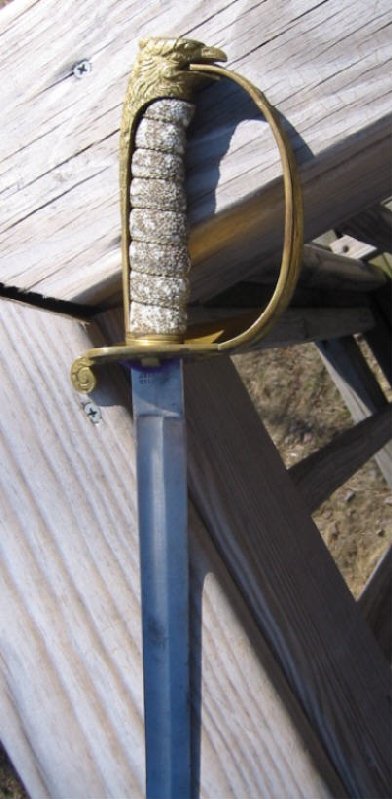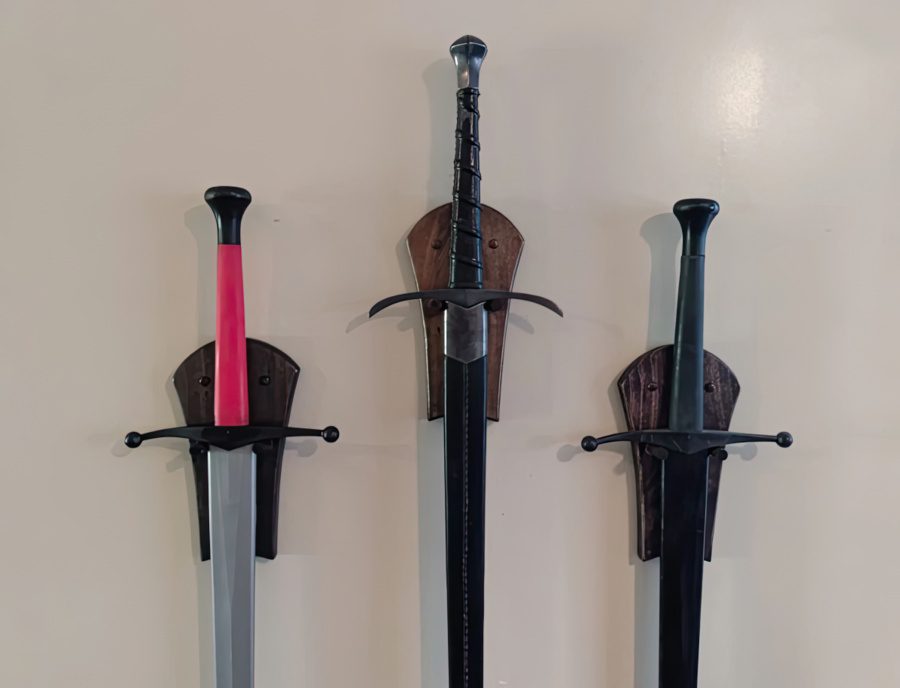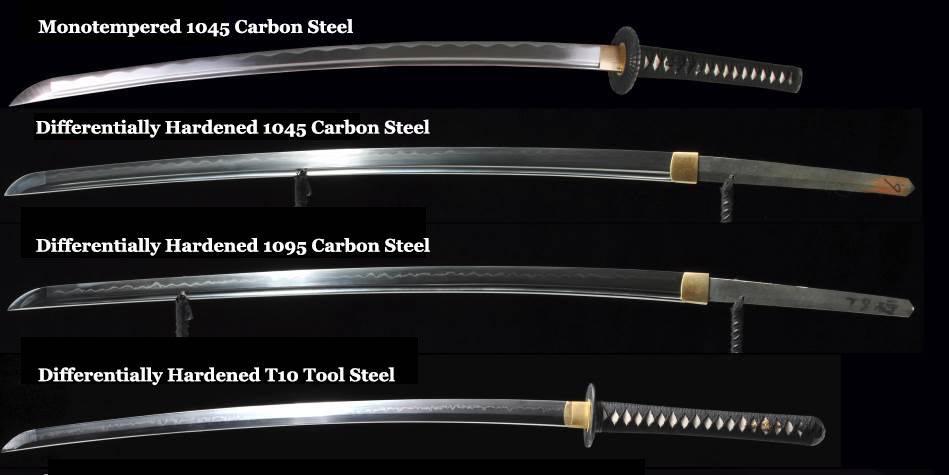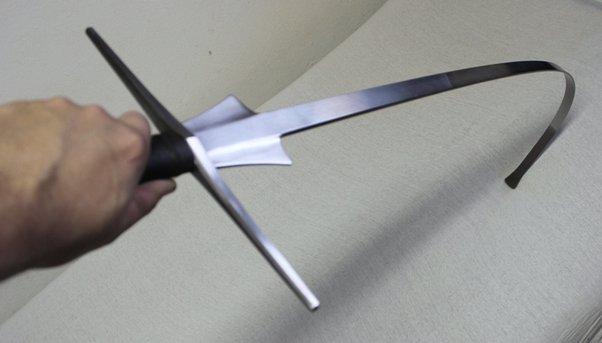Yes, a steel sword can break due to poor quality, overuse, impact, defects, incorrect heat treatment, or rust and corrosion. Proper use and maintenance can help prevent breakage.
Introduction
If you’ve ever wondered about the strength and durability of a steel sword under immense pressure or in combat scenarios, you’re not alone. Many fantasy enthusiasts and historical scholars find themselves pondering this same question.
The Strength and Durability of Steel Swords
Steel swords are known for their durability and ability to withstand great force. However, like any tool, a sword can break or bend when misused, subjected to extreme force, or met with a more potent weapon. Typically, this is more likely to occur when a sword’s design or production process is flawed. It’s noteworthy that in the scenario of a knight fighting a large monster with a big club as described, the result could vary. Factors such as the sword’s quality, the knight’s technique, and the strength of the monster’s club swing would all come into play.
Be sure to explore more about sword design and tempering on Wikipedia to better understand their potential weak points and what can cause them to break or bend.

Factors Affecting Sword Breakage
In the world of Speculative Fiction, fantasy, and medieval themes often feature steel swords. A common question that arises is, can a steel sword break? The answer is, yes, but it’s influenced by multiple factors:
a) Quality and Composition of Steel
- Iron and Carbon: The basic ingredients in steel, the proportion of iron and carbon present, influence the strength of the sword. High carbon content typically increases hardness but decreases malleability, and vice versa.
- Other Elements: Additions such as manganese can improve strength; however, too many impurities can weaken the sword.
b) Forging and Heat Treatment Techniques
- Forging Quality: Proper forging distributes the carbon evenly in the steel and aligns the metal grains in a pattern that enhances the blade’s strength.
- Heat Treatment: Proper heat treatment, including quenching and tempering, can significantly improve a sword’s durability and hardness while maintaining some degree of flexibility.
c) Sword Design and Construction
- Thickness and Shape: The design of the blade, including its thickness and shape, can impact how well it can resist breaking.
- Hilt and Tang: The construction of the hilt and tang (the part of the blade that extends into the handle) also plays a significant role in the overall strength of the sword. A full tang design, where the blade material extends the length of the handle, is typically more durable.
In conclusion, while a steel sword can fend off a giant club or another blade in fiction, in reality, its durability is subject to its materials, forging techniques, and design. Understanding these factors can help speculative fiction fans appreciate the swordsmith’s skill and carefully balanced artistry in creating a durable yet effective weapon.


Stress on a Sword During Combat
Whether or not a steel sword can break during combat greatly depends on three primary factors – the impact force and blade flexibility, the technique and skill of the sword fighter, and the type of target and material.
a) Impact Force and Blade Flexibility
Swords made of steel are designed to be flexible to some degree, allowing them to absorb the shock of impact without breaking. However, if the force of the impact is too great – say, striking against a large, solid object like the club of a giant monster – then the steel sword is more likely to bend rather than break.
b) Technique and Skill of the Sword Fighter
Even the strongest steel sword can fly into pieces if it’s mishandled. Swordsmanship isn’t just about strength; it’s about technique, precision, and experience. A seasoned knight, regardless of the monster he’s fighting, is less likely to break a sword thanks to his proper understanding of swing angles, strike force, and defensive measures.
c) Type of Target and Material
Lastly, the type of target also matters. If the sword strikes softer materials, like flesh and bone, it’s less likely to break. Against harder substances like rocks, metal, or, in our case, a monstrous club, the likelihood of breaking or bending increases.
In a battle against a monstrous club-wielding creature, a proper technique combined with a well-crafted sword might prevent a sword from breaking but could potentially lead to it bending under extreme force.

Testing and Evaluation of Sword Strength
To define the integrity of a sword – whether a sword would break, bend, or stay intact in combat scenarios, modern methods offer a comprehensive way to test sword strength.
Modern Methods for Testing Sword Strength
Increasingly, sword strength is evaluated using modern tools and techniques:
- Stress Testing: This involves applying force to the metal in a controlled environment. It’s a quick way to learn how well a sword could withstand powerful blows.
- Material Testing: This includes checking the quality of the steel used, its purity, and its ability to resist Rust.
- Computer Simulations: These are valuable tools used increasingly in recent years to compare how different materials and designs hold in specific scenarios.
Examining these factors can help decipher whether a steel sword may bend, break, or withstand heavy melee attacks. These modern testing approaches provide a better understanding of the sword’s durability and reliability in combat situations.

